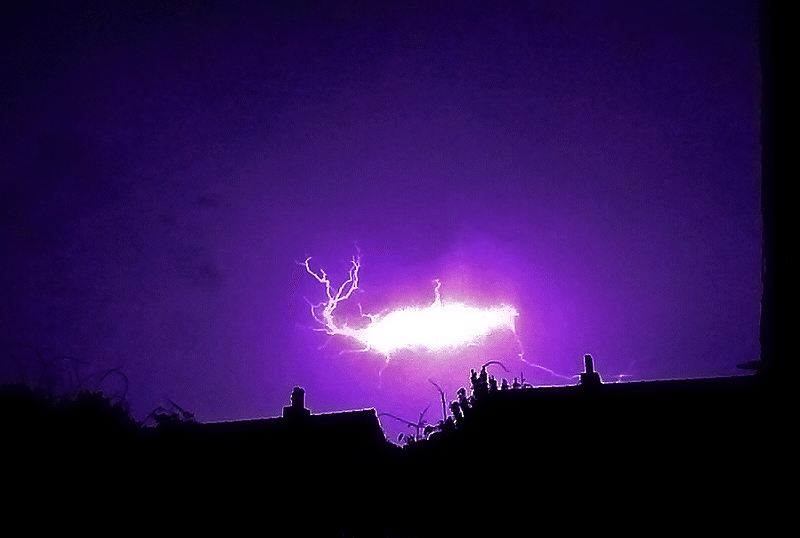
What's more, scientists aren't entirely sure why it's contagious among social animals, such as humans. Recently, the scientific community has moved toward the idea that yawning is a thermoregulatory behavior that cools down the brain, but its true biological function is still unclear. Yawning is something you likely do every day, but, oddly enough, scientists still aren't sure why. Some scientists believe yawning is a display of empathy. Not coincidentally, animal control had already been looking into a lost orangutan.Īs for how an orangutan got loose in Campbell County, that’s as much of a mystery as anything else.Account icon An icon in the shape of a person's head and shoulders. In a comparison image created by a Canadian Wildlife Service biologist named Tony Scheunhamme, the skunk ape is compared with an ordinary orangutan. The Skunk Ape eventually disappeared and the photographs were never positively identified.Ĭoleman has a pretty good explanation sitting in plain view on his site (although he and the cryptozoological community don't buy it).
SCIENCE PHENOMENA STRANGE ARCHIVE
Loren Coleman, a cryptozoologist, became interested in the case and began to archive newspaper reports as well as copies of the letter and photographs sent by the anonymous woman.

Some believed it might be a legendary Bigfoot-esque creature known as the “skunk ape.” Things got especially weird when an anonymous woman sent two pictures of the creature to the police. In 2000, Florida residents in Campbell County began seeing a large, ape-like creature and finding dead cats throughout their neighborhoods. Meanwhile, the Terror Beast, which may have also been a rabid hyena, was never found. That one was killed by authorities and found to be a rabid hyena, but survivors of that first attack alleged the creature was too large to have really been a hyena and that the animal killed was not the one which attacked them. What’s more, a similar animal killed five and injured 20 a year before.

The villagers described it as some variety of large dog. Since most animals only attack out of self-defense or to feed, this appeared to be extremely unusual behavior. The creature badly maimed its victims, tearing off limbs and disemboweling the dead. In 2003, villagers in the Dowa district of Malawi fled in fear of a creature dubbed the “Terror Beast,” an unidentified animal that killed three and injured sixteen. Thousands of Eyeless Fish Wash Up on the Same Beach. Unfortunately, Mike died when his family lost his eyedropper and were unable to help him when he began to choke on a kernel of corn. Scientists at the University of Utah who examined Mike found that Olsen barely missed Mike’s brain stem, which allowed him to continue walking and moving even after his decapitation. What magic kept Mike alive? Sheer luck, as it happens. After that, they took the chicken on the road, showing him off as Mike the Headless Chicken. The Olsens discovered that they could still feed and water Mike by way of an eyedropper inserted into his neck hole. The headless chicken, which the family later named Mike, continued to wander around the farm and steadfastly refused to be turned into the Olsen’s supper.

After decapitating the chicken, something strange happened: The chicken didn’t die.

In 1945, farmer Lloyd Olsen took one of his many chickens to the chopping block to prepare dinner for his family. The toads would instinctively puff themselves up to scare the crows away, but with the holes the crows left in their skin, the pressure would push their insides to the outside, bursting the toad into pieces. The crows would swoop down, thrust their beaks inside the toads, and steal their livers before the toads even knew what had happened. Franz Mutchsmann, a veterinarian from Berlin, came up with a theory for the toads' apparently spontaneous explosions: A flock of crows had recently taken up residence in parts of Hamburg, and they had developed a taste for toad liver. Except, that is, in April 2005 in Hamburg, Germany when thousands of frogs blew apart over a period of a few days, sometimes strewing little toad parts up to a meter around.ĭr. While toads often inflate themselves to appear bigger to predators, they don’t often outright explode. These animal kingdom oddities may seem like urban legends, but they all actually happened and had real-life scientists scratching their heads.


 0 kommentar(er)
0 kommentar(er)
